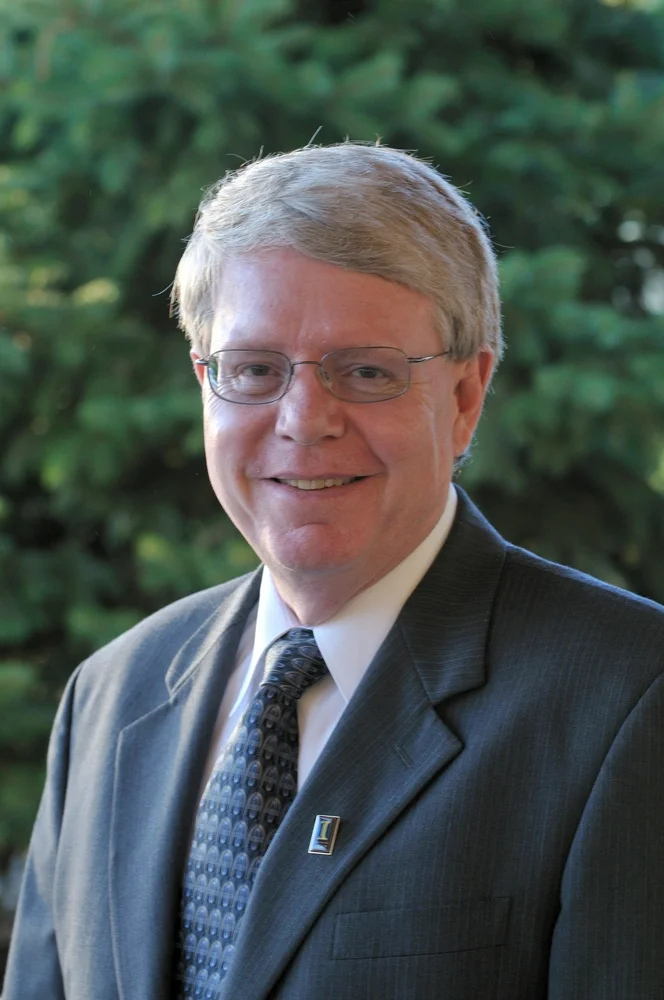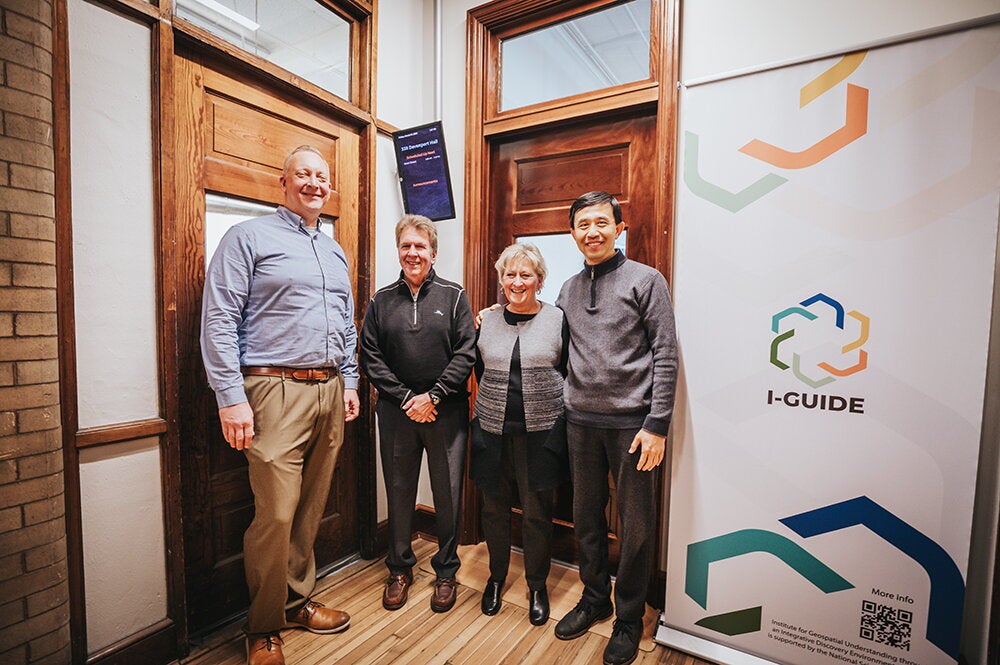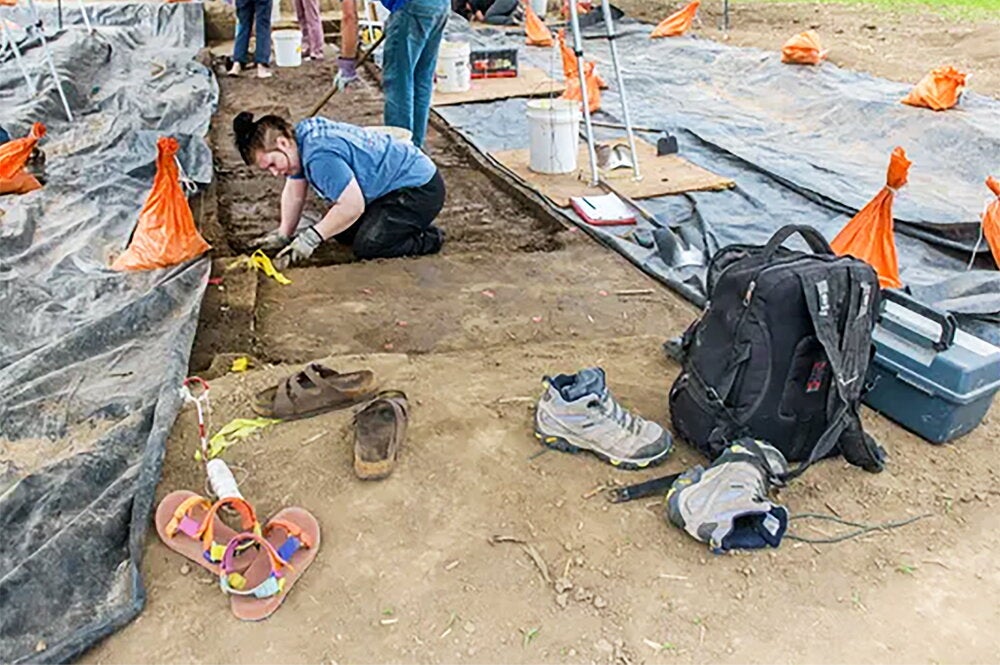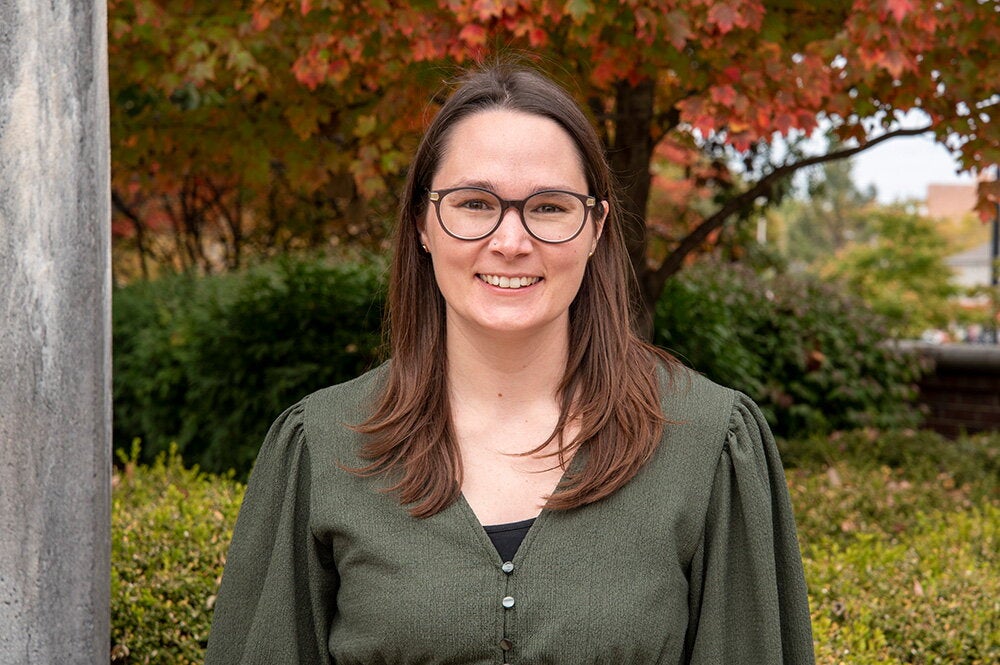
Doug Cole (PhD, '74, chemistry) had been at Merck Pharmaceuticals for only a few months when a scientist from across the street came to his research team and announced, “We’ve discovered the most potent biologically active natural product that anyone has seen.” But to make it work, Merck needed the help of its fledgling 15-person natural product chemistry group, which included Cole, a 1974 LAS graduate in organic chemistry.
This natural product reached the market in record speed—less than four years rather than the typical 10-plus years, Cole recalls. It became a series of compounds that included Avermectin, a drug with powerful uses for both animals and humans. In humans, it was particularly potent in combating river blindness, in which worms from contaminated water in undeveloped areas move into the eyes, causing blindness.
According to Cole, river blindness had been so common in parts of Africa that the entire function of children in some villages was to lead around older people who had lost their sight. But Avermectin, which Merck gave away in Africa, brought the affliction under control, becoming one of the first in a long line of pharmaceuticals that Cole helped bring to the marketplace—a 34-year career that has earned him the 2008 LAS Alumni Achievement Award.
Cole grew up in Great Bend, Kans., a city of 12,000 where he first cultivated a fascination with chemistry in high school.
“I saw chemistry as the ability to manipulate reality at an invisible level,” Cole says. “It was discovering what really went on inside the things you can see, touch, and feel.”
But, as Cole would soon find out, working at the invisible level could have a highly visible impact on the world.
After receiving his bachelor’s degree in chemistry from Fort Hays State University in 1969, Cole entered the military at the height of the Vietnam War. As he puts it, youth of the time “were either hippies or fatalists, and I was the latter.”
Cole then came to the University of Illinois to study chemistry, for he says, “the U of I was the only place I wanted to go.” He didn’t even apply anywhere else.
Cole received his PhD in chemistry from U of I in 1974 and spent the next five years as a senior research chemist at Merck, Sharp, and Dohme, Inc., working on such drugs as Avermectin and Mefoxin, which became the world’s best-selling, hospital-based antibiotic. He worked in drug discovery, but it opened his eyes to the world of drug development, taking newly discovered drugs all the way to market. So, when he received a call from another Illinois alum asking him to come to American Cyanamid-Lederle to work in drug development, he leaped at the chance.
At American Cyanamid, Cole helped to rebuild the development group; and among the many drugs that he ushered along was an anti-cancer compound, mitoxantrone, which was used on solid tumors. This drug happened to have been discovered by another Illinois chemistry alum, a pattern of U of I connections that followed Cole throughout his career. In fact, it was yet another Illinois alum who lured him back to Merck in 1983 as associate director of chemical development.
When Cole came back on board, Merck was facing a logjam of drugs that needed to be developed. After the next two years of work by the development team, one month alone saw five new drugs approved for Merck, and among them was thienamycin, one of the broadest-spectrum antibiotics in existence.
In 1985, Cole joined a much smaller company in Kansas City, Marion Labs. In particular, he was attracted to their work on a drug they had licensed from a company in Japan. He had learned about the drug from a senior chemist in the Japanese company—another Illinois alum, of course.
“Marion Labs could see that the drug was likely to be a blockbuster,” Cole says. And they were right. The drug, which other companies had passed on, became very effective in alleviating angina pectoris and in reducing high blood pressure. It qualified as a blockbuster, which at the time meant that it sold over a billion dollars per year.
Cole’s longest stint followed at Isis Pharmaceuticals, from 1991 to 2004. What drew him to Isis was not another Illinois alum, but an idea that had intrigued him since his U of I days. The typical approach is to develop drugs that interact with certain proteins that create mischief. But at Isis, the goal was novel: to create drugs that prevented those proteins from being made by the body in the first place. The result was the world’s first antisense drug, Vitravene sodium, which combats virally-induced blindness in AIDS patients. Cole led the successful development effort.
Ever the innovator, Cole holds over 50 patents and currently works in California at Affymax, which is doing groundbreaking work on peptide drugs—short strings of amino acids.
“There was a long, deep-seated feeling in the scientific community that peptides were not stable enough to make drugs from,” Cole says. But Affymax has made it work, developing a new drug to treat anemia.
So for Cole, his passion for exploring invisible worlds has not let up, and his work continues to have highly visible results, tackling problems ranging from elevated cholesterol and cancer to AIDS and anemia. What’s more, the work never ceases to surprise him.
“Science is nothing if not serendipitous,” he says. “Poke a complex system in one place and something happens in another. That’s what fascinates me about chemistry.”


